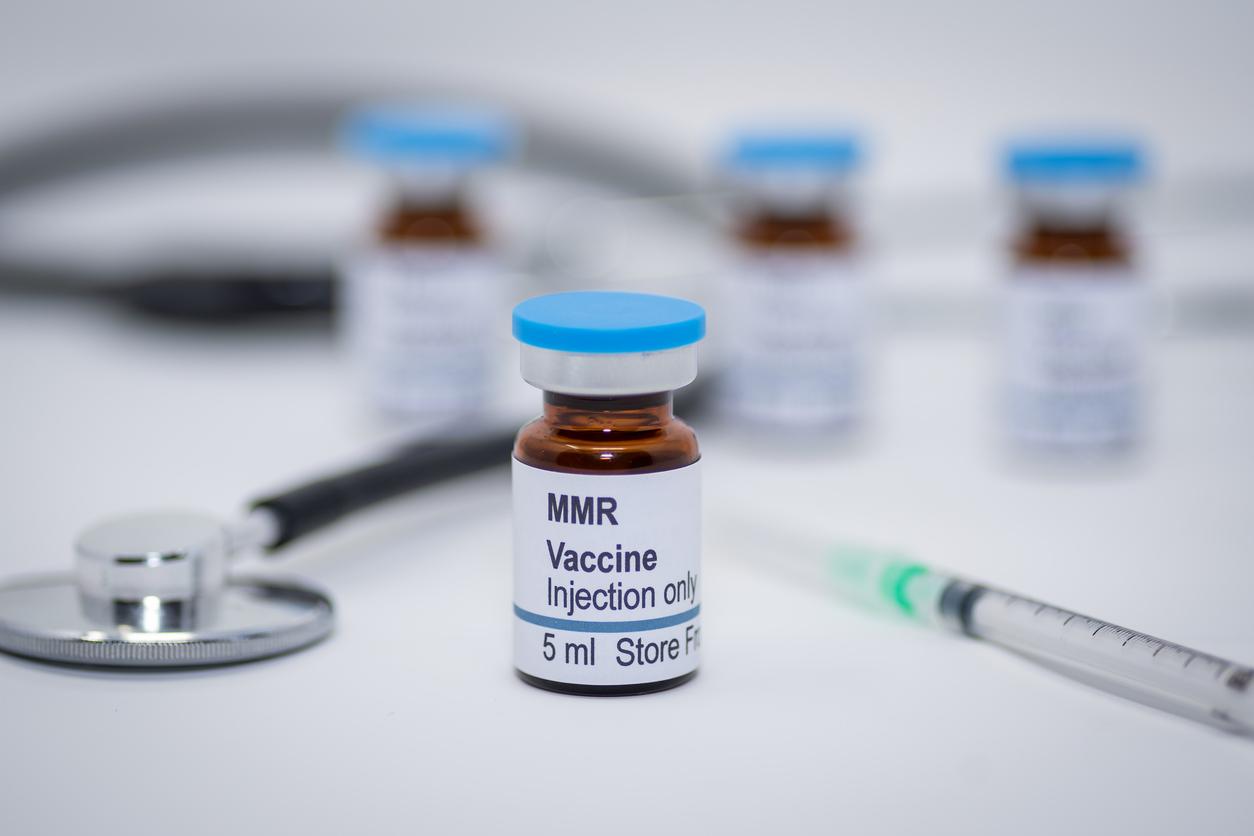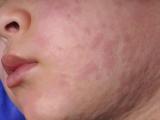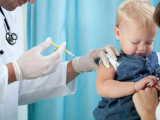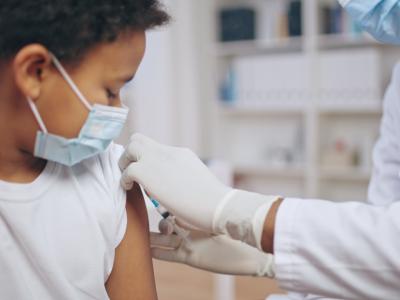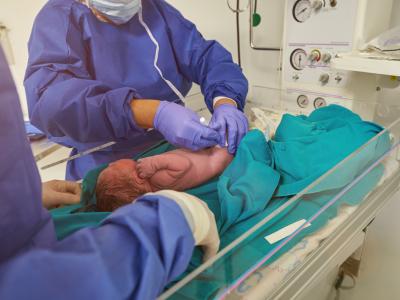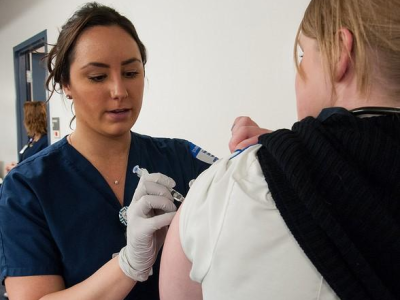Researchers at Johns Hopkins University have produced a new county-level US dataset showing a national decline in the measles, mumps, and rubella (MMR) vaccination rate among children since the start of the COVID-19 pandemic, according to a research letter published yesterday in JAMA.
The study comes as the United States is facing one of the largest measles outbreaks in the post-elimination era, with more than 1,100 cases reported since the first of the year. And it coincides with the third month of vaccine skeptic Robert F. Kennedy Jr.'s tenure as secretary of the US Department of Health and Human Services.
“This open, high resolution dataset provides a critical resource to explore and better understand the country’s vaccination landscape and its implications for the risk of measles spread,” said senior author Lauren Gardner, PhD, in a press release from Johns Hopkins. Gardner is the director of the university's Center for Systems Science and Engineering.
Decline of almost 3% since pandemic
The dataset considered annual county-level vaccination rates for kindergarten-age children during the 2017-2018 and 2023-2024 school years. In states in which that data wasn’t available, the authors used the most comparable proxy, either 2-dose MMR vaccination rates for kindergarten through grade-12 students or 5- to 6-year-old's completion rates for a combined vaccine series that included the 2-dose MMR vaccine.
“Across the 2,066 counties in 33 states with both prepandemic and postpandemic vaccination rates, the county-level mean (SD [standard deviation]) vaccination rate decreased from 93.92% (5.71%) prepandemic to 91.26% (6.95%) postpandemic, a mean decline of 2.67% (5.27%),” the authors wrote.
Of the 2,066 counties, 1,614 (78%) showed a decline in MMR coverage. Only four states out of the 33 included in the study, California, Connecticut, Maine, and New York, reported an increase in county-level vaccination rates for MMR.
Our county-level dataset complements the state and national-level CDC data, confirming a widespread decline in MMR vaccination rates in the US after the COVID-19 pandemic .
“Our county-level dataset complements the state and national-level CDC data, confirming a widespread decline in MMR vaccination rates in the US after the COVID-19 pandemic while revealing significant heterogeneity in vaccination patterns within and across states,” the authors concluded.
The authors also said the dataset could be used to identify factors associated with low or declining MMR rates in US counties and help inform targeted vaccination strategies to reduce the risk of measles outbreaks.
